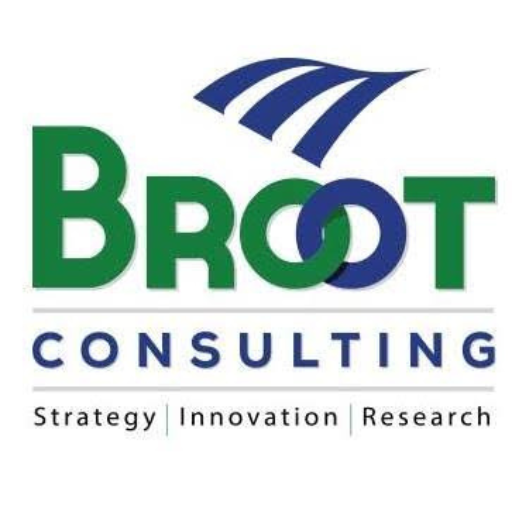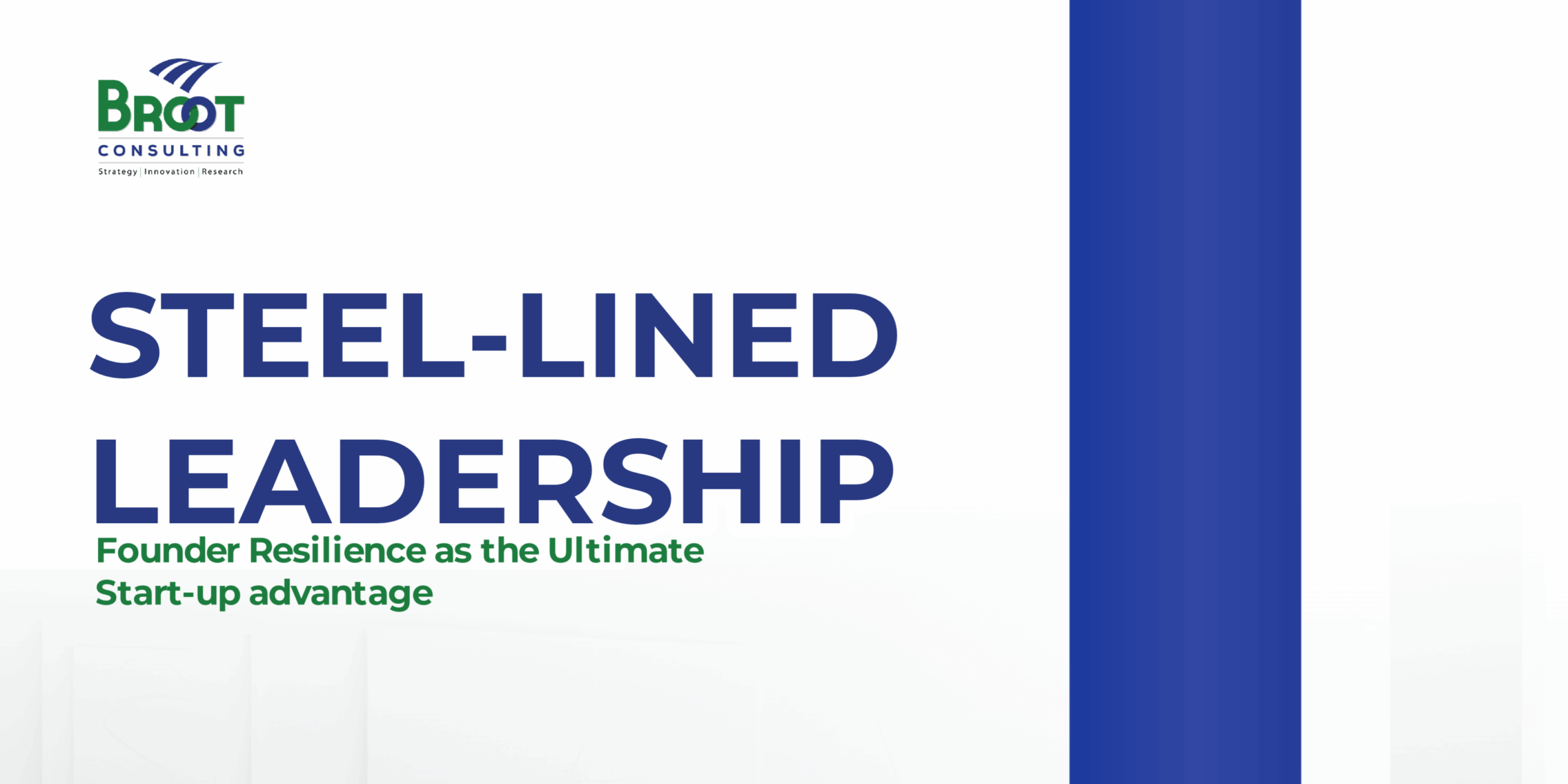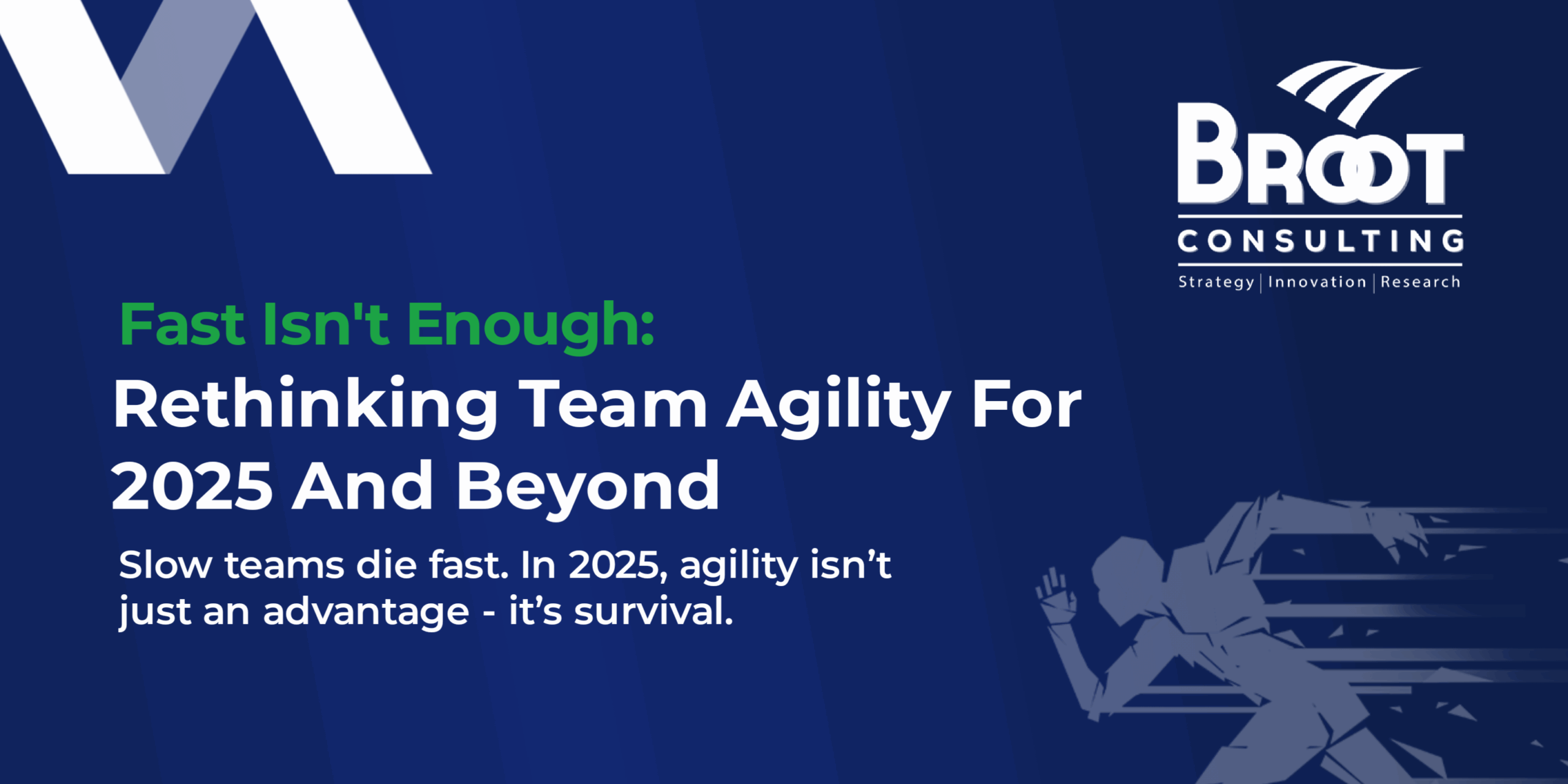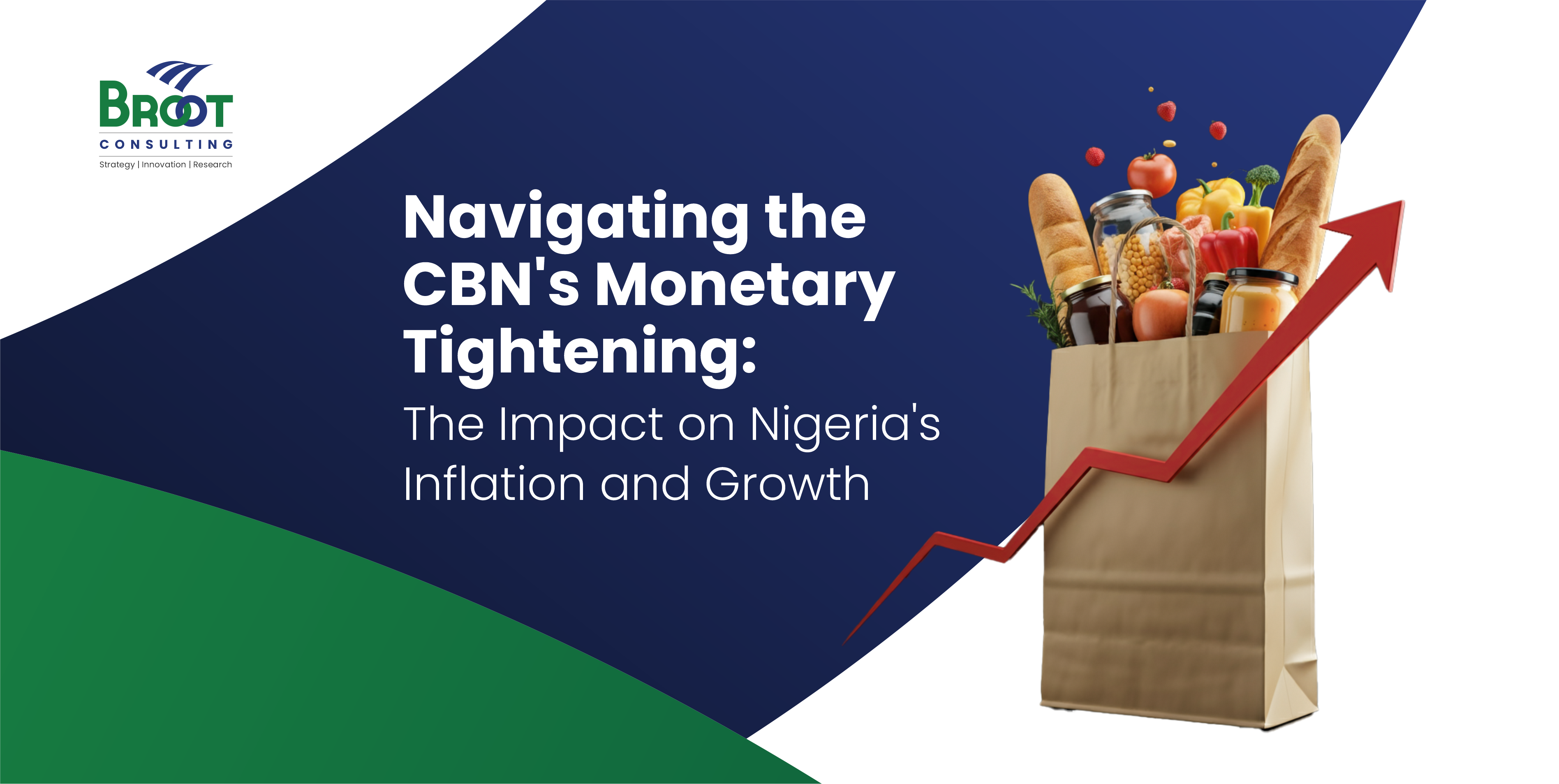We are witnessing unprecedented shifts in today’s volatile and dynamic business world. From the rise of remote work and digital ecosystems to the changing nature of employee-employer relationships, how we perceive the ‘workplace’ is transforming radically. Within this context, Design Thinking has emerged as a popular buzzword and an essential guiding principle. A study by McKinsey in 2018 report from McKinsey Insights: The business value of Design found that organizations deeply ingrained in Design Thinking reported a whopping 219% increase in ROI over five years. The tangible benefits are clear, but the underlying power of this approach extends far beyond numbers.
At its core, Design Thinking is a human-centred approach to innovation. It emphasises empathy, a deep understanding of people’s needs, desires, and challenges. In a world where businesses often default to data-driven decision-making, Design Thinking reminds us that behind every data point is a human with unique pain points, motivations, and contexts. By emphasising user research, prototyping, and iterative testing, this methodology ensures that solutions are desirable, workable, and viable.
But why has Design Thinking gained such prominence in today’s business scenario?
- Adaptability: Modern businesses need to be agile. The rapid pace of technological change means that companies can no longer rest on their laurels. Design Thinking, emphasising rapid prototyping and iterative testing, promotes a culture of continuous adaptation and improvement.
- Human-centric Solutions: As automation and AI take over more and more routine tasks, the unique human touch becomes even more valuable. Businesses that can deeply understand and cater to human needs and emotions will have a competitive edge. Design Thinking’s user-centric approach ensures that solutions resonate with real human experiences.
- Bridging Silos: Modern organisations are complex, often working in silos. Design Thinking promotes cross-functional collaboration, ensuring diverse teams co-design and co-create solutions. This leads to more holistic solutions and fosters a culture of inclusivity and diversity of thought.
- Innovative Mindset: The future is uncertain, and innovative companies will thrive. Design Thinking instils an innovative mindset. It promotes risk-taking, experimentation, and learning from failures–all essential ingredients for pioneering new frontiers.
- Understanding Evolving Needs: The nature of work and the workforce’s expectations are changing. With a rising emphasis on work-life integration, mental health, and meaningful work, companies need to understand these evolving human needs. Design Thinking, with its empathetic lens, becomes a crucial tool in this understanding.
As the future of work continues to be redefined, Design Thinking offers businesses hope in the age of constant disruptions. It’s more than just a method; it’s a transformative approach that keeps humans at the centre of all decision-making. In a world dominated by technology and data, this human-centric approach continues to make users not just a number but a critical part of creative outcomes that address relevant pain points.
Design Thinking in Action: Real-World Applications with the guiding light of its principles
- Empathise: the future of work demands that understanding employees’ emotional and logistical needs is paramount. Design Thinking compels businesses to resonate deeply with these shifting dynamics. For instance, In a recent collaboration, a global software firm noticed a morale drop among its Asian team members. Through empathetic conversations, they discovered the root cause: the strain of synchronous working hours. Adjusting these hours showcased how resonating deeply with employee needs can enhance workplace dynamics and well-being.
- Define: As traditional roles evolve, businesses must articulate and address new challenges. What problems are employees facing in virtual settings? How has customer engagement changed in a digitised world? There was a time when an e-commerce company saw dwindling customer engagement; deeper analysis revealed the new interface was baffling for older users. They began their journey towards an inclusive solution by defining the problem—making the platform intuitive without compromising aesthetics.
- Ideate: The future of work demands innovative solutions. The possibilities are vast, from virtual reality meetings to AI-driven customer interactions. The shift to online learning due to the pandemic saw a training institute ideate immersive VR classroom experiences. This pivot addressed the current challenge and attracted a new tech-savvy demographic.
- Prototype: As the saying goes, “Fail fast, learn faster.” Rapid prototyping allows businesses to test new workplace tools and solutions, ensuring adaptability. A typical example is when a food delivery startup’s vision for pandemic-safe deliveries led them to prototype drone deliveries. Through iterative prototyping, they refined the model, enhancing reliability and efficiency.
- Test: Continuous feedback in this new era is crucial. Iterating based on real-time feedback ensures resilience in the face of change. Situating this in a real-life situation was when a fintech firm’s voice-command feature underwent a soft launch to gather real-time feedback. Insights revealed the need for enhanced noise cancellation, leading to product optimisation before a full-scale rollout.

Case Studies: Bridging Continents through Design Thinking
M-Pesa, Kenya: A testament to Design Thinking’s power in financial innovation, M-Pesa addressed a fundamental challenge: limited banking infrastructure juxtaposed with widespread mobile usage. The solution? A mobile money platform handles a significant portion of Kenya’s GDP. https://news.mit.edu/2016/mobile-money-kenyans-out-poverty-1208
Flutterwave, Nigeria: Another beacon of African Fintech innovation. Flutterwave created a platform simplifying payment solutions for African businesses. By understanding the diverse financial landscape and leveraging a design-thinking approach, they crafted a platform that supports over 50 payment methods, further bridging the gap between Africa and the global economy.
In this fluid business era, marked by remote work, digital nomadism, and shifting paradigms, the way forward isn’t just about predicting the next wave but skillfully riding it. Traditional roles once solidified and predictable, now seem like sandcastles at the mercy of the tide. A financial analyst today is not just crunching numbers; but interpreting complex data patterns, dabbling in AI-driven forecasts, and often working remotely from a cafe halfway around the world. The definition of ‘office work’ is being rewritten, not in ink, but in lines of code and digital footprints.
The era of the digital nomad – professionals who aren’t bound by physical offices or traditional working hours are the symbol of a new-age workforce that values freedom, flexibility, and the pursuit of passion projects. A graphic designer from Lagos can collaborate in real-time with a tech startup in Berlin while enjoying the serene beaches of Bali. This isn’t the future; it’s the present, reshaping how we perceive work, success, and fulfilment.
However, while this fluidity offers unparalleled opportunities, it also poses challenges. Businesses no longer compete in local markets but find themselves globally. The bar hasn’t just been raised; it’s constantly moving, demanding agility and innovation at unprecedented levels. Staying ahead is no longer about gazing into a crystal ball to predict the next big trend. Instead, it’s about having the skill to adapt, the foresight to innovate, and the resilience to weather the inevitable storms.
So, as we stand at this crossroads, a pertinent question arises: How do individuals and businesses not just float but sail adeptly in these ever-shifting waters? Perhaps the answer lies in a deep understanding of the human mind, their pains, frustrations and motivation. This is why design thinking plays a prominent role; organisations that have a deep understanding of the user of customers will be well-positioned to design and produce creative solutions that meet users’ needs.
Employers that put employees at the centre of workforce solutions will roll out a human-centred solution that mitigates against employees’ solutions; when this is carried out successfully, the organisation will become a destination for the best talent in this age of war for talent. Design thinking empowers you to embrace fluidity, honing your ability to adapt, and remember that in this vast ocean of possibilities, the anchors of authenticity and purpose will always keep us grounded. Also, design thinking will equip organisations with the ability to navigate change, the insight to innovate, and the empathy to remain deeply connected to their core audience.
Conclusion
As the future of work dawns upon us, enriched by technology, Design Thinking isn’t just an approach; it’s the backbone of sustainable innovation because it empowers the organisation to put users at the centre and design solutions with the user rather than designing for them. From the bustling tech hubs of Lagos to the skyscrapers of New York, design thinking impact is universal but the question is:
How can Design Thinking shape your organisation’s journey into the uncharted terrains of the future?
–

Dr. Adeola Ojoawo Ph.D
Director Brand Strategy And Growth, BROOT Consulting
Customer Experience Lead




